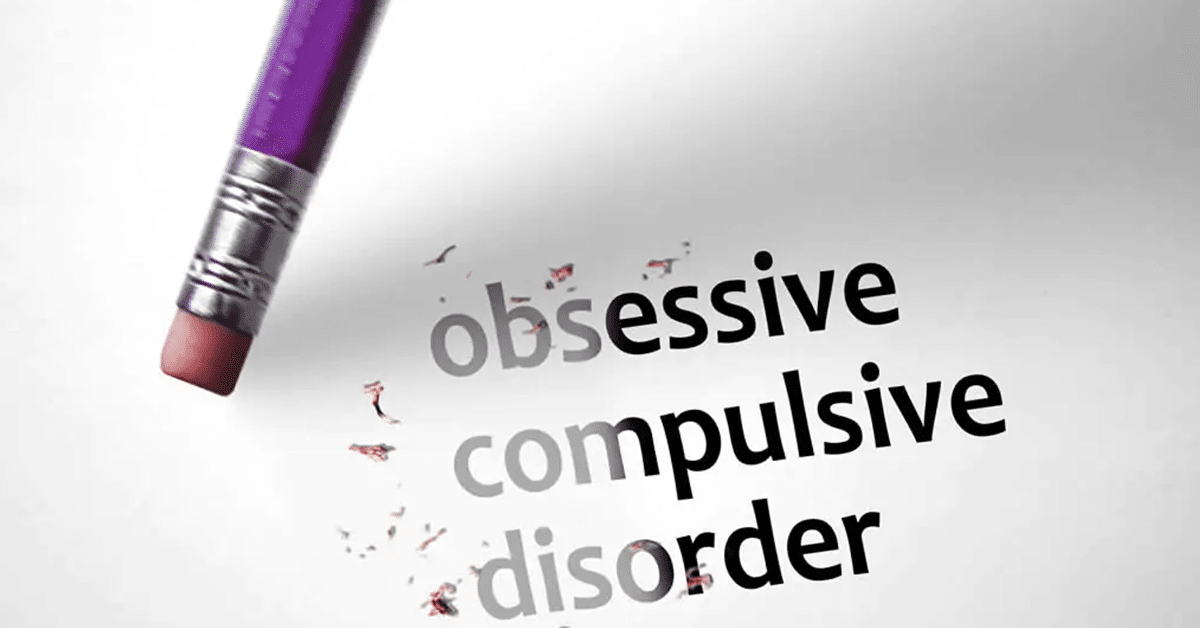You’ve probably heard of body positivity, and that’s a great thing because it signifies progress and encourages us to feel better about our bodies. However, while body positivity can be beneficial for some people to boost their self-esteem, confidence, and overall well-being, there is a newer approach called “Body Neutrality” that challenges some of the obstacles associated with the body positivity movement.
What is Body Neutrality?
Body neutrality, as the name suggests, falls somewhere between body positivity and body negativity. Beginning in 2015 and popularized by body image coach Anne Poirier, the body-neutral approach promotes the belief that your value is not attached to your body or your feelings about your appearance.
Proponents of the body neutrality approach believe that it can help to encourage teens and adults alike to develop a healthier body image, more so than body positivity. Furthermore, people with eating disorders, body dysmorphia, or a wholly negative view of their body may be unable to effectively shift their mindset to body positivity.
Benefits of Body Neutrality
Several potential advantages of the body-neutral perspective fuel the growth of the movement among mental health professionals, including myself. It encourages us to accept and respect our own body, even if we don’t believe it to be beautiful, attractive, or healthy. That means you can still be happy and wear a proud smile, even if you dislike the way you look.
Feels More Genuine
For many people with body image issues, body positivity doesn’t make much sense. When you only have negative views of your body, then being positive can feel insincere. This can also alienate you from those who can be positive about their appearance.
For example, if you suffer from an eating disorder, your self-image may be distorted, which can make it impossible for body positivity to be effective. Jumping straight from intense body criticism to loving your body is unrealistic.
Body neutrality navigates these challenges by focusing on self-acceptance, regardless of how you feel about the way you look. By shifting the focus to what your body can accomplish, body neutrality can help bridge the gap toward a healthier relationship with yourself.
Avoids Focus on Appearance
While body positivity certainly displays progress toward a healthier outlook, it still retains the association of self-esteem with appearance. In the social media age, that may not be enough to discourage unhealthy comparisons with others.
According to research, the popularity of social media contributes to negative body image and eating disorders. With the rise of image enhancement, photo filters, and easy-to-use editing tools on social media platforms, users may be comparing their appearance to a goal that’s altered, unachievable, and unhealthy.
Conversely, a body-neutral view shifts the perspective from the way you look and encourages acceptance and respect without disregarding your self-image. Compared with body positivity, body neutrality has a non-judgmental approach that doesn’t attach your value as a person to the way you feel about your body.
Accounts for Changing Mood
Our moods change day to day, which can make it hard to always be positive about our bodies. Self-love and confidence may be harder to achieve on some days than others. Additionally, this can make it difficult to achieve body positivity day in and day out.
With a body-neutral outlook, our shifting views about our bodies are less likely to influence our well-being. It can reduce the stress of always having to be positive about the way we look. Instead of saying we should always feel good about our appearance, a body-neutral approach allows us to say, “I don’t really like how I look today, but that’s okay.”
How to Practice Body Neutrality
Practicing body neutrality may take some time and effort but doing so may help you develop a healthier perspective. For some people, limiting the focus on appearance, beauty standards, and comparison with others can be a challenge, but there are some things you can do to make it easier to shift your outlook toward a body-neutral view.
Focus on what your body does for you: Your body does so much for you every day. It allows you to walk, talk, stand up, play sports, participate in hobbies, hang out with your friends, go to work, and everything else. You don’t always have to feel attractive to be happy and healthy.
By remembering this, you can shift the focus of your body from the way you look to the way you live and function. You can even use affirmations to help you alter your focus like, “Thank you body for letting me swim,” or, “I appreciate my legs for letting me live a fulfilling life.”
·Practice mindfulness every day: Mindfulness can help you reduce stress, recognize negative thought processes, and feel optimistic. Research shows that mindfulness can also help you boost self-esteem, which may allow you to see yourself as valuable despite how you feel about your body or appearance.
Recognize You Aren’t Your Body: Try to separate yourself from your body. Your body allows you to live, so it’s good to be compassionate by providing healthy nourishment. However, your body is only one part of you and your worth does not depend on your appearance.
Avoid Negative social media: Follow people on social media who don’t focus on their bodies or exclusively promote body positivity. If body positivity doesn’t work for you, that may mean you should unfollow users who encourage that approach.
When you see a social media user whose body you envy, try to remember that the image could be enhanced or edited. In addition, remember that that person has value outside of their appearance and that they may also struggle with poor body image. This empathy can help you shift your mindset and self-image as well.
Wear clothes you like: Sometimes we get caught up in trying to look for everyone else and forget to feel and look good for ourselves. When you pick outfits, choose them for function and comfort, not appearance. If you pick something for the aesthetic, be sure to pick it because you like it, not because you think others will.
If you catch yourself looking in the mirror or focusing too much on how your clothes look (and how you look in your clothes), then try to reframe your thoughts to concentrate on the true purpose of clothes: to keep us protected and comfortable.
Eat foods that are good for you and your mind. Eating a variety of foods with with balanced nutrition is important. This includes detangling any socially constructed messages that equate food, size and weight with one’s value or morality.
Final Thoughts on Body Neutrality
While we should acknowledge that body positivity is indicative of progress and that it works for some people, we should also try to encourage body neutrality as an alternative that offers additional benefits.
It is important to know yourself and what works best for you but accepting your body and seeing that your value doesn’t rely solely on your appearance is a good first step toward a healthier outlook and greater well-being.
If you struggle with body image issues, unhealthy eating habits, or low self-esteem, then I’d love to talk to you! As a specialist in eating disorders, anxiety, and other related issues, I can help you adjust to a body-neutral perspective for a happier, healthier life.
Keep Reading
Want more? Here are some other blog posts you might be interested in.







